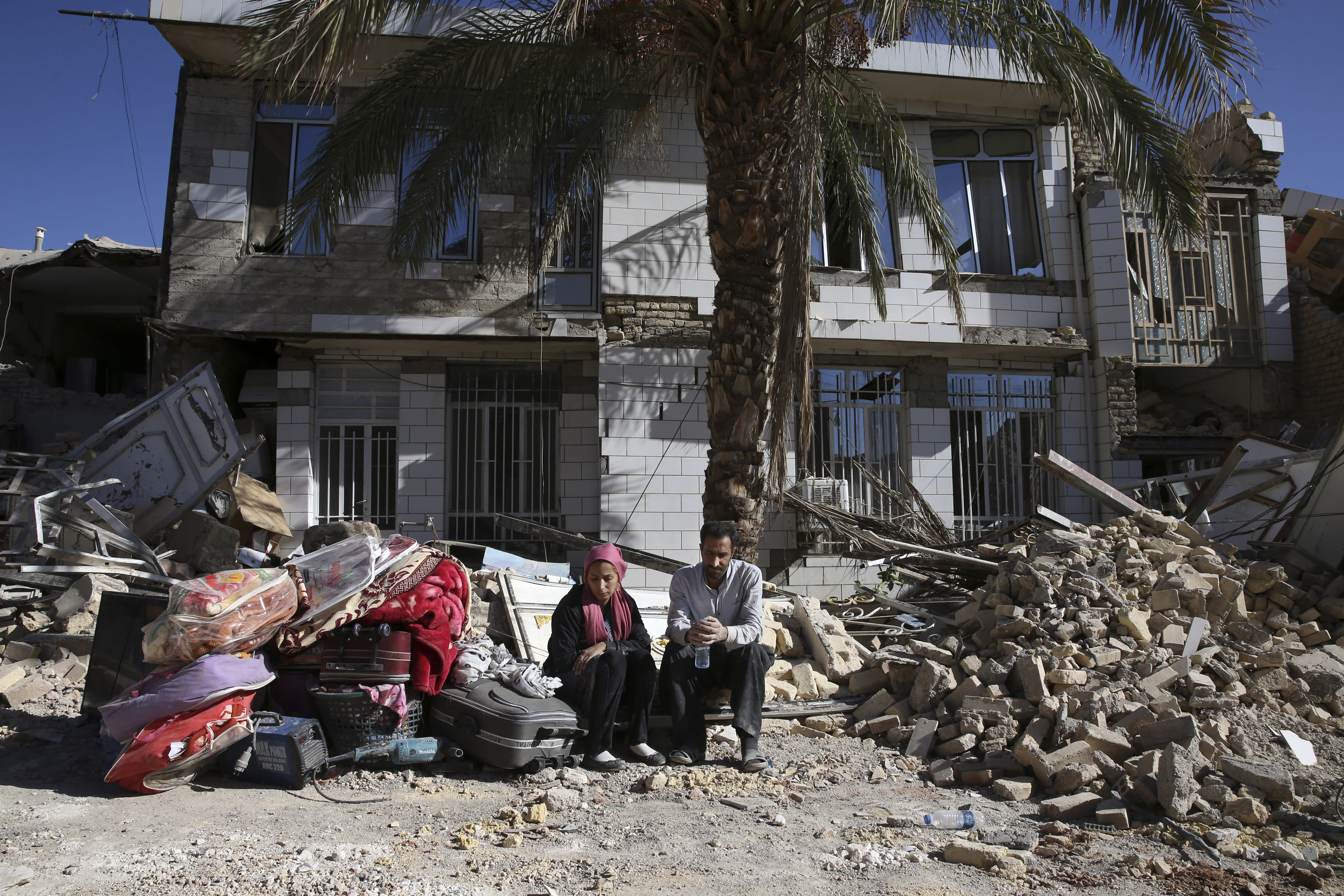Earthquake of 2.8 Magnitude Jolts the Richmond Region: Uncovering the Complexities
An Overview
On January 12, 2023, an earthquake with a magnitude of 2.8 struck near the town of Ashland in the Richmond, Virginia region. The quake, which occurred at 4:48 p.m. EST, was felt by residents in the surrounding areas, including the cities of Richmond and Charlottesville. While no significant damage or injuries were reported, the event has raised concerns about seismic activity in the region.
Possible Causes and Implications
The Richmond region is not typically known for significant seismic activity, with the last significant earthquake in the area occurring in 1897. However, the recent quake is a reminder that even regions with low seismic risk can experience earthquakes.
Tectonic Stress: One possible cause of the earthquake is the release of tectonic stress in the region. The Richmond area is located near the Atlantic Coastal Plain, a region that has been subjected to significant tectonic forces over time. These forces can build up and eventually cause earthquakes.
Underground Fault Lines: Another possibility is that the earthquake was caused by movement along an underground fault line. The Piedmont Fault, which runs through the Richmond region, is a known earthquake source and may have been responsible for the recent event.
Hydraulic Fracturing: A third potential cause is hydraulic fracturing, or fracking. Fracking is a process used to extract oil and gas from underground formations. It involves injecting a mixture of water, sand, and chemicals into the formation, which can create pressure and potentially induce earthquakes. While there is no conclusive evidence linking fracking to the Richmond earthquake, it is a possible contributing factor that is being investigated.
Public Response and Preparedness
The earthquake has understandably raised concerns among residents in the Richmond region. Many people are unfamiliar with earthquakes and are unsure of what to do in the event of a larger event.
Public Outreach and Education: In response to these concerns, local authorities and emergency management agencies have launched public outreach campaigns to educate residents about earthquake preparedness. These campaigns provide information on what to do during an earthquake, how to secure homes and businesses, and the resources available to those affected by an earthquake.
Emergency Plans and Response: Local authorities have also reviewed and updated their emergency plans in light of the earthquake. These plans include procedures for responding to earthquakes, including emergency communication, evacuation, and search and rescue operations.
Scientific Research and Risk Assessment
The Richmond earthquake has also drawn attention to the need for further scientific research on seismic activity in the region. Scientists are conducting studies to better understand the causes of the earthquake and to assess the risk of future events.
Seismic Monitoring: One important aspect of this research is seismic monitoring. Scientists are using seismometers to monitor the region for earthquakes and to gather data on the location, magnitude, and frequency of seismic events. This data will help researchers identify patterns of seismic activity and assess the risk of future earthquakes.
Geologic Mapping: Another important research area is geologic mapping. Geologists are studying the rock formations in the Richmond region to identify potential fault lines and other structures that could pose a seismic hazard. This information will help scientists assess the likelihood of earthquakes and to develop strategies for mitigating their impact.
Conclusion
The recent earthquake in the Richmond region is a reminder that even areas with low seismic risk are not immune to earthquakes. While the 2.8 magnitude event did not cause significant damage or injuries, it raises important questions about seismic activity in the region.
Scientists are conducting research to better understand the causes of earthquakes in the Richmond area and to assess the risk of future events. Local authorities are also working to educate residents about earthquake preparedness and to update their emergency response plans.
By understanding the complexities of earthquake hazards in the Richmond region, residents and public officials can take steps to mitigate their impact and ensure the safety of the community.
Read also:
Kirby Yates Deal Imminent: Dodgers Bolster Bullpen With Elite Closer
Preview: Road Showdown Awaits KU At No. 2 Iowa State
Watkins Returns, Villa's 4-2-3-1 Lineup Unveiled For Brighton Clash

